Background and Context
Recently, on behalf of HERD International, I got an opportunity to participate in the Seventh Virtual National Summit of Health and Population Scientists in Nepal held on 1-2 July 2021. The theme of the summit was ‘Research in Public Health Emergencies: Evidence to Policy and Action’. The Nepal Health Research Council (NHRC) was the organizer of this 2-day event. The NHRC has been hosting the summit of health and population scientists annually as a national event for the last seven years focusing on a contextual and relevant theme every year concerning national and global contexts. For the last two years, due to COVID-19, summits were conducted virtually.
I felt the reach of the events was comparatively wider than the preceding ones. Health and population scientists, researchers, public health professionals, policymakers, and planners take the summit as an important platform for engaging in dialogue, discussion, and dissemination of findings related to wider aspects of health in Nepal. This year too, hundreds of participants participated in the program, and several interesting and insightful research papers of global, national, and local significance were presented by native and foreign scholars under wider themes such as public health emergencies, health system and policy research, non-communicable diseases (NCDs) and interdisciplinary and implementation research. This write-up focuses only on NCDs, particularly Rheumatic Hearth Disease (RHD) and increasing burden of NCDs in Nepal, based on key findings and discussions of NCDs session of the summit.
NCDs in Nepal: An Overview
Globally, NCDs, such as heart disease, stroke, cancer, diabetes, and chronic lung disease, collectively kill 41 million people every year, corresponding to 71 percent of all deaths worldwide. The deaths and disease burden unevenly distributed in Low-and-Middle-Income-Countries (LMICs). The evidence has suggested that 77 percent of all NCD deaths with 85 percent pre-mature deaths occur in LMICs. Nepal is not an exception. As one of the co-chairs of the session, Prof. Bhagwan Koirala noted while introducing the session that NCDs is important as the cases of NCDs are rising in the country. This indicates that further improvement in the health system is the present call of the time for effective control and prevention of NCDs in the country. This could be done through intellectual discussion on the topic, better policy and program and not to mention providing quality health care across the country.
In recent decades, Nepal has witnessed the increasing trend of NCDs resulting to be a leading cause of death two-third (66 percent) due to unhealthy lifestyles, urbanization, demographic and economic transitions. Echoing to the global and national trends, panelists on the summit highlighted an increasing trend of NCDs such as heart diseases, high blood pressure (hypertension), cancer (breast cancer), and diabetes across the communities and key facilitators and barriers for adhering to compliance which also demands lifestyle modification, healthy eating habit, regular exercise among patients. These are embedded with socio-political context of the community and country and social determinants of the health. For instance, level of education, age, gender, class, and resource allocation from the government to prevent and control NCDs across the country.
Prof. Prakash Raj Regmi, noted that RHD is a significant public health problem in Nepal and LMICs affecting people at the most productive period of their lives and causing morbidity, mortality, and financial loss. Prof. Regmi highlighted that more than 90 percent of the people living in LMICs are not aware of the fact that untreated bacterial throat infection could lead to RHD. In Nepal, RHD is the main NCD that causes morbidity and mortality among children. The research findings (to be published) have suggested that the prevalence of RHD is highest in Kalikot while Solukhumbhu accounts for the lowest prevalence of RHD in the country. Kalikot is the district under the Karnali province, where 51 percent populations live under multiple dimensional poverty and people lack NCD related service. In terms of the ecological regions, RHD’s prevalence is highest in the Tarai region followed by the Hill, and lowest in the mountain region. Prof. Regmi emphasized that in Nepal, currently, RHD has affected an estimated 1 million people with annual 30,000 new cases, and 3,000 deaths. The cases are not only numerically substantial but also they are socio-culturally complex and diverse. Thus, an appropriate approach should be adopted for better and clearer understanding of this an alarming situation.
The increasing trend of NCDs in Nepal has not only created a burden to the health systems at different levels across the country but has also made an adverse impact on social, economic, and developmental aspects of family, community, and the country at large and this has posed multi-dimensional challenges. Putting adequate attention to these aspects not only give opportunity to understand the nature and degree of health problems people are living and facing in relation to social and cultural context but also provide appropriate chance for community consultation. But these aspects look largely unnoticed. This shows that health is perceived primarily from curative perspective. The holistic understanding of the health understanding of the health is still lacking—at least at the practical or programmatic fronts.
Problems and Prospects
The rising trend of NCDs in the country and their unequal burden to the health system is one of the key challenges for Nepal. On the other hand, the adverse impact of NCDs, such as RHD, is not limited to the health of the individuals rather it goes beyond. Prof. Regmi mentioned that the government spends approximately 60 million rupees annually for the treatment of RHD despite the significant and increasing burden of RHD in Nepal, the government of Nepal has not taken any initiatives to prevent and control the RHD in the country, and thus there is no national RHD prevention program in Nepal nor RHD is listed in Multisectoral Action Plan for the Prevention and Control of Non-Communicable Diseases (2014-2020). Prof. Regmi highlighted that RHD remains a neglected heart disease in Nepal. And, equally important, there is an absence of research that could explore the relationship of RHD with their health issues such as RHD and maternal mortality. Further, by and large, information about NCDs in Nepal is limited that leads to dependency on hospital-based data. Health information system is equally crucial for making health system effective and efficient.
In addition, unavailability of required modern equipment and specialized human resource for providing treatment to the affected population with different NCDs including RHD. The World Health Organization (WHO) defines health service delivery and health workforce are two key components health system. However, the availability of required health services and human resources is a systematic and historic challenge for the health system of Nepal. This is more poignant in remote settings such as the Kalikot district and rural communities of the Tarai region, where the prevalence of RHD is highest, compared to other parts of the country.
Considering the seriousness of NCDs global and national efforts have taken to address the alarming situation of NCDs. The Sustainable Development Goals 3.4 Ensure healthy lives and promote well-being for all at all ages by reducing one-third premature mortality from NCDs through prevention and treatment and promote mental health and well-being. Multisectoral Action Plan for the Prevention and Control of Non-Communicable Diseases (2014-2020) and National Health Policy 2019 for addressing the rising burden of NCDs across the country by developing and promoting programs on healthy lifestyle through health institutions at all levels. However, policies and goals are not enough to bring meaningful change in the lives of the people or reduce the actual burden of NCDs and their impact on individuals, families, communities, the country, and beyond.
Thus, the situation calls for a collective and collaborative effort from key stakeholders to strengthening the health system at the national and sub-national levels to deliver quality health service efficiently. And, it also invites a rigorous and united effort from the multi-disciplinary team of researchers with an interdisciplinary approach and intersectional perceptive, with adequate focus on community consultation/participatory approach which then gives a better comprehension and a clearer picture of reality. This would be useful for designing and implementing action and implementation research for the evidence-based policy-making process. The part of the theme of the summit ‘Evidence to Policy and Action’ calls for the need and importance of the evidence for policy and intervention for quality health care across the country at all three levels of the governments.
Way Forward
The NCDs such as RHD are rising in Nepal and becoming a significant cause of morbidity, mortality, and financial loss, affecting peoples’ health at the most productive period of their lives. Thus, the impact of the NCDs is far and wide and goes beyond health. This calls for urgent actions for improving on all aspects of preventative, promotive, rehabilitative, and palliative. However, the government has not paid adequate attention in these areas. This has not just posed challenges for health systems, which have been facing multiple challenges burden of communicable, non-communicable, and COVID-19 pandemic but also provided an opportunity to work collectively and collaboratively within and outside the governments to make health systems and service delivery more effective, equitable and responsive to control and treat communicable diseases in general and NCDs in particular.
Putting collective and collaborative effort in a coordinated manner would help to develop and design NCDs packages and projects more in culturally appropriate and socially acceptable ways with fostering research and evidence, build stronger research culture for better health systems and better quality care for people. Doing so, would not only contribute to reducing NCD’s burden and saving lives but also aid in working towards ambitious goals, a cross-cutting principle triggered by SDGs ‘leaving no one behind’ and Universal Health Coverage.
Obindra B. Chand is a health and social science researcher associated with HERD International, a research and development institute. The opinions expressed do not represent the organization he is associated with.


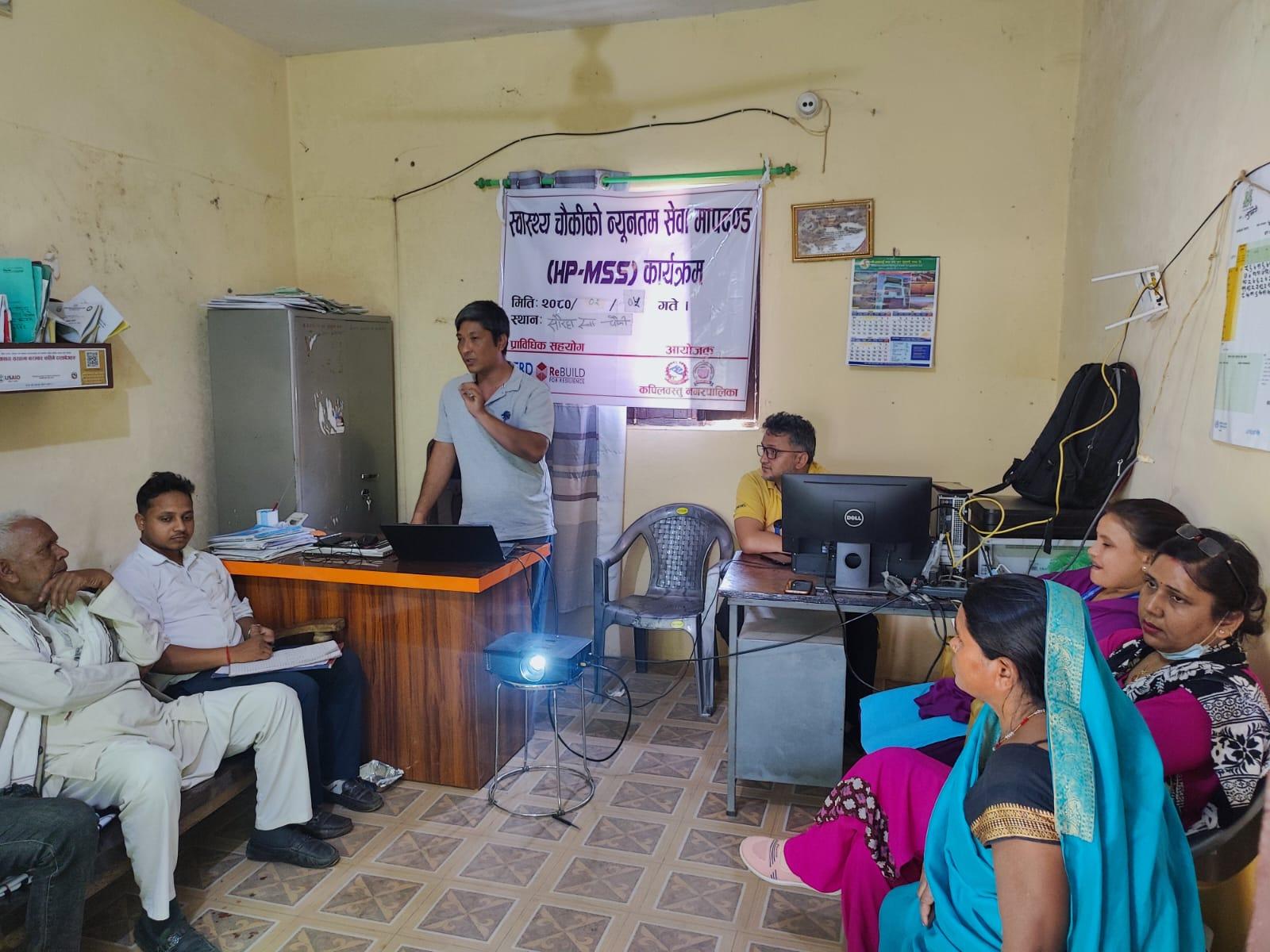



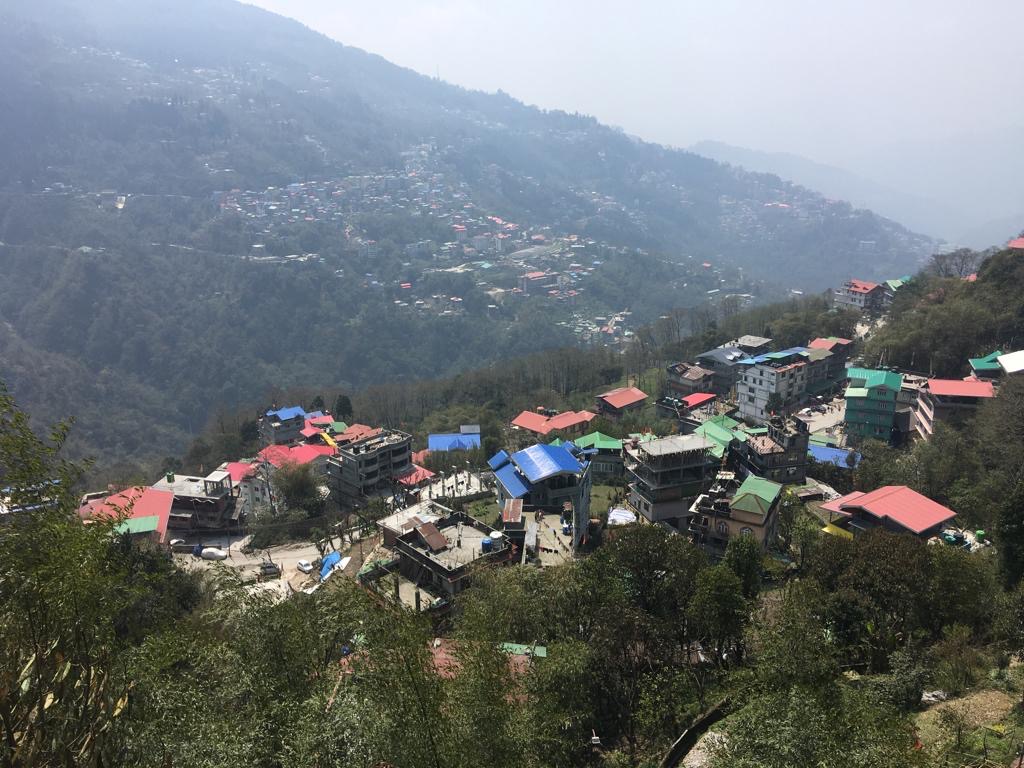
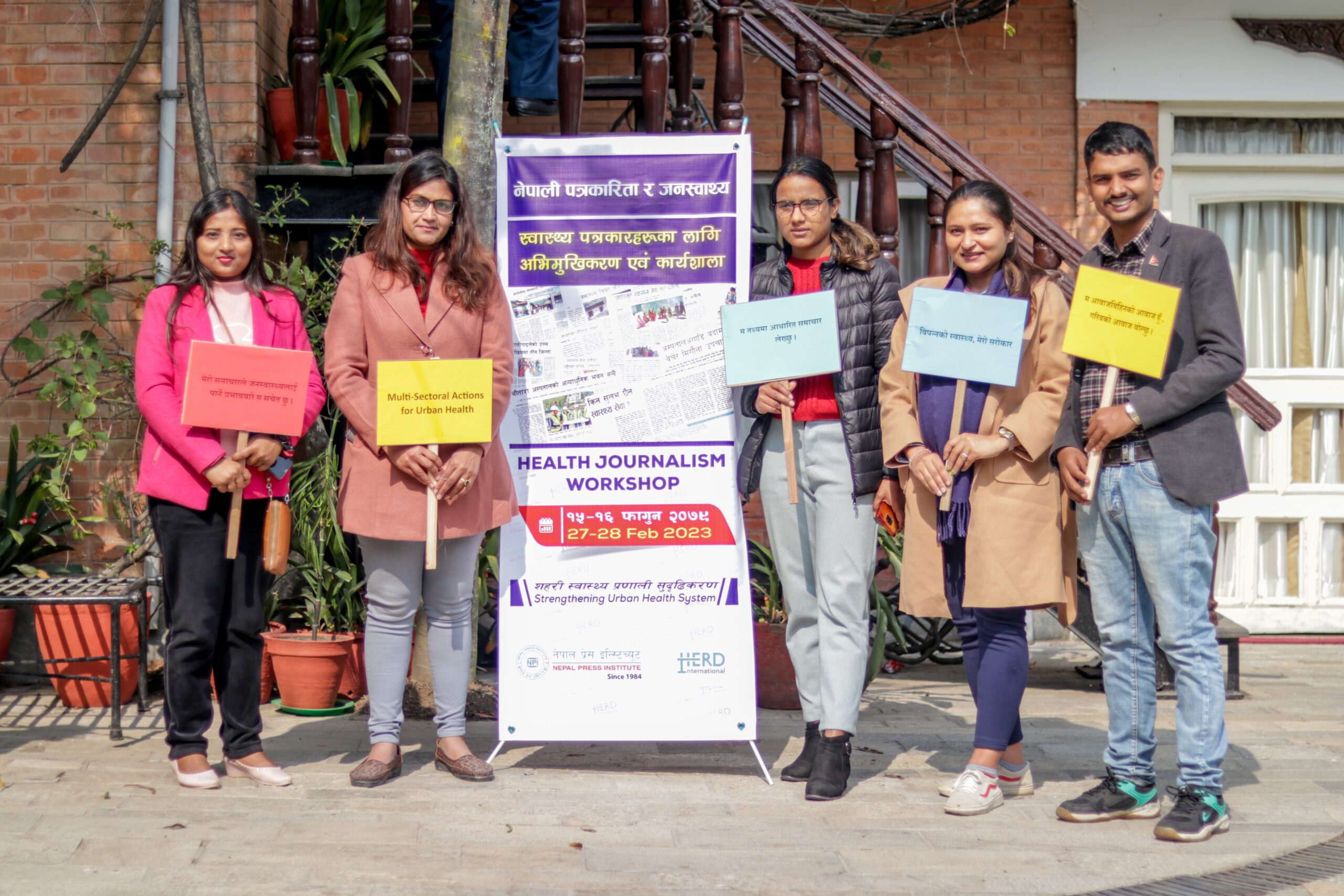
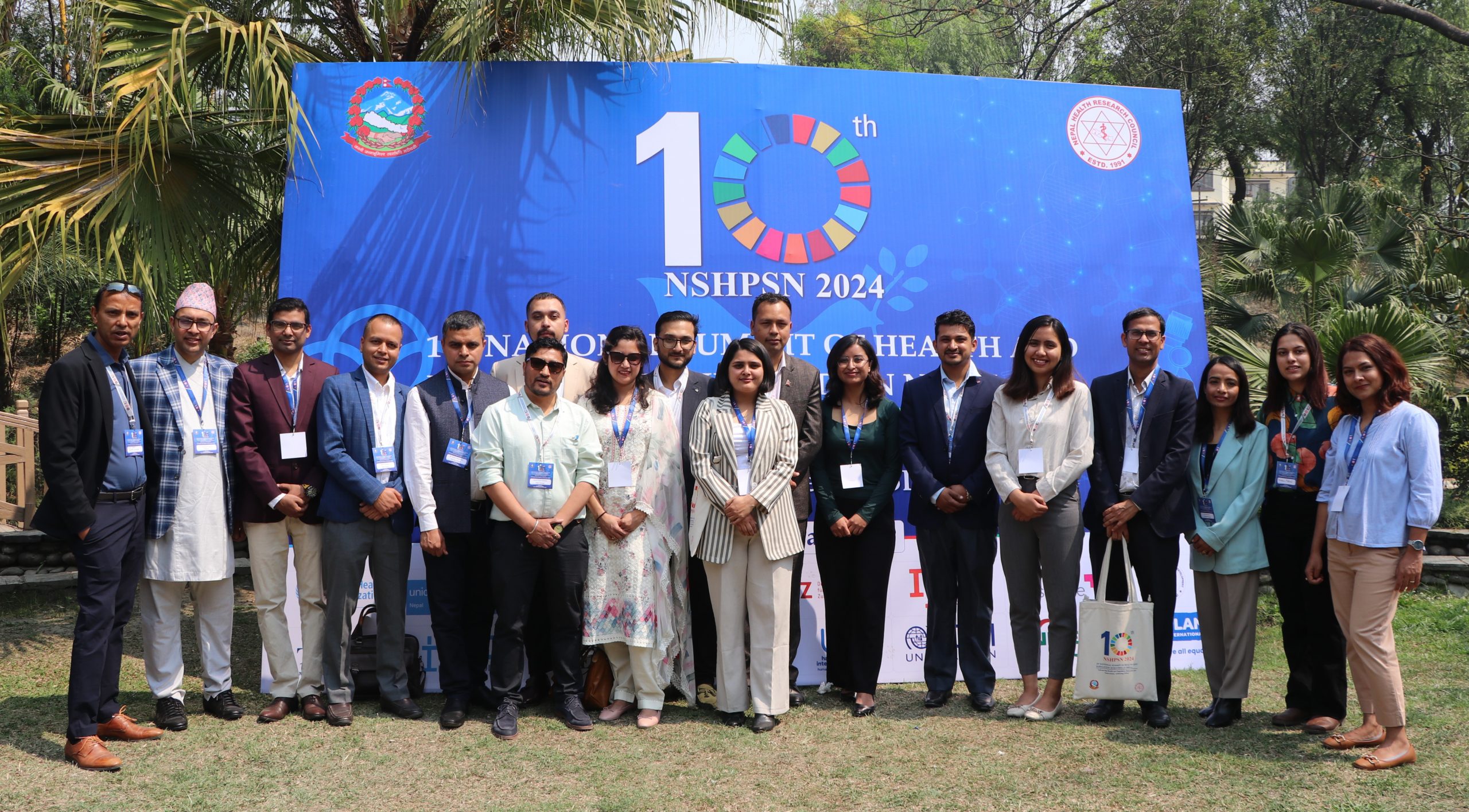
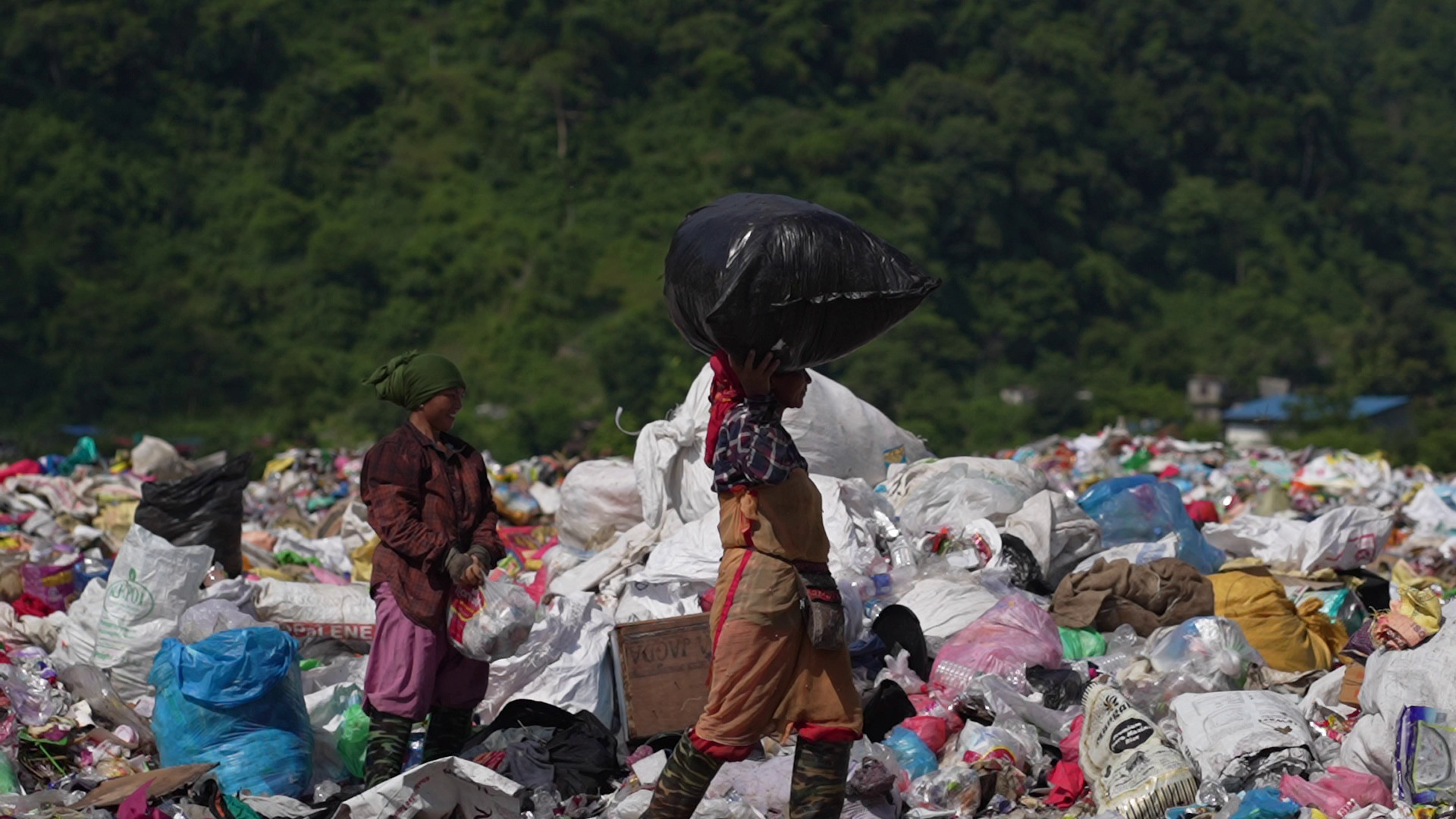

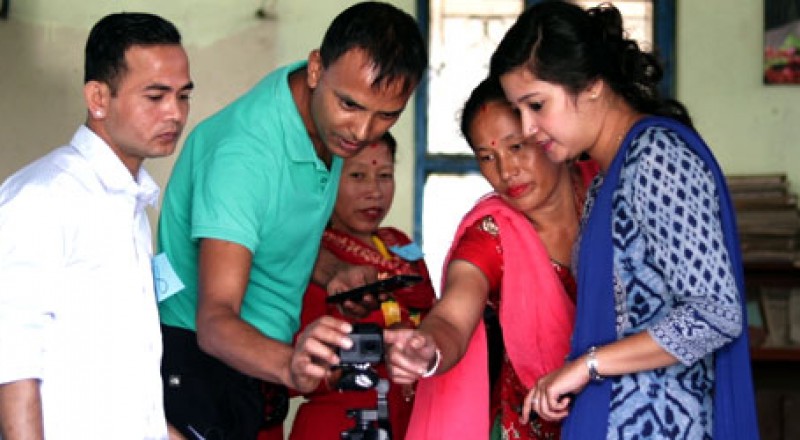
Comments (0)
No comments found.